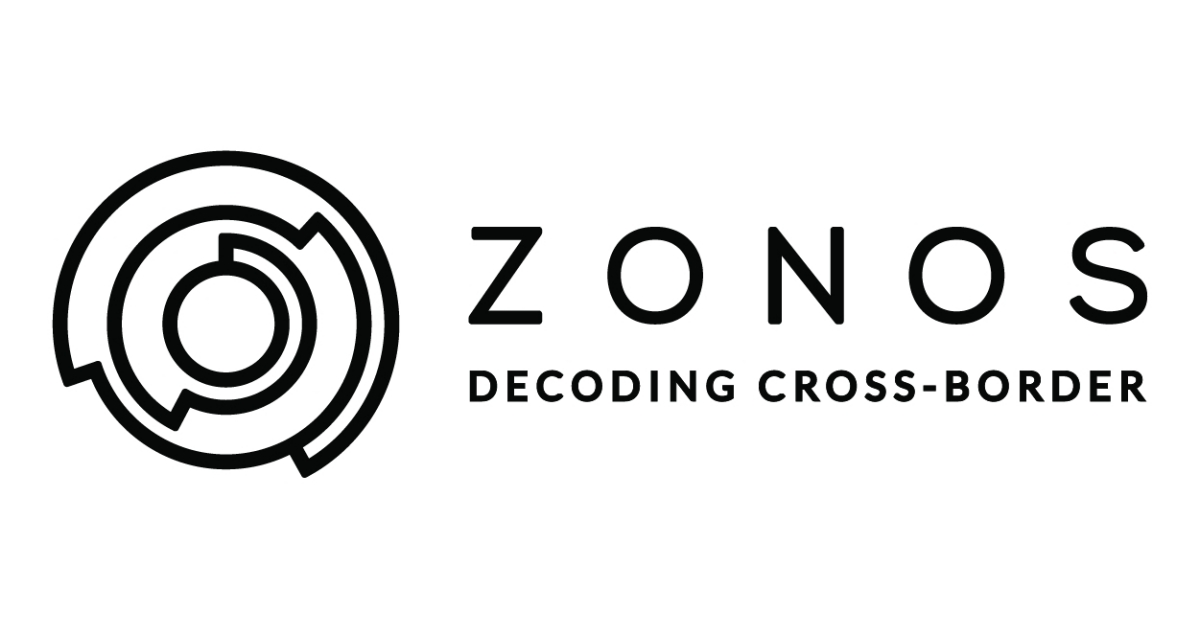
5 Steps for Creating Your First SaaS Marketing Plan – The SaaS market is expected to reach $270 billion in 2020, a 30% annual industry growth rate. This means that SaaS customers have lots of options for subscription services dollars… and that Founders have lots of competition.
As such, it’s more important than ever to differentiate your SaaS offering and demonstrate its value for prospective and current customers alike.
But, beware: SaaS marketing is different from traditional digital marketing because subscriptions require more than just the one-time sale of a product for success. When a customer unsubscribes from your product, you are losing more than just one subscription payment. You are losing out on all the recurring payments that you would be receiving as revenue if the customer had remained subscribed.
Here are five steps to create a SaaS marketing plan that onboards customers and keeps them engaged.
Focus on getting visitors to your site.
Getting visitors to your site is crucial. It educates potential buyers about what your SaaS offering is, how it’s useful, and why they should adopt it. The most useful traffic sources are organic search (29.1%), referral (11.4%), email (4.7%), social media (2.2%), paid search (1.3%), and display ads (0.5%). To get customers from Google to you, test and fine-tune the right combo of AdWords and SEO content on your site.
Turn those visitors into leads.
Traffic doesn’t help you unless you can turn visitors first into leads and then into customers. Once you get visitors to your site, it’s crucial to capture their contact information. What will grab your visitors’ attention the most? When and where? Plant calls to action in content, a bot chat on your landing page, and offer free resources that educate visitors. Teach them about the problem your SaaS offering uniquely solves and be sure to capture their information for targeted campaigns.
Identify a customer persona and make the sale.
In order to sell to your customers most successfully, you need to know who they are. Yes, you can name personas and give them faces, but going beyond generalities and focusing specifically on their willingness to pay is crucial.
Ask your team:
- Why does this persona need your product?
- What features are they most interested in?
- Do they have any barriers to buy-in? (Consider higher-ups for B2B sales.)
Identifying crystal clear personas, including motivations for buying, will help you to make the sale.
Work for the upgrade.
Making the sale is a big deal. But, per the above, in SaaS it’s just the beginning of long customer relationship. Consider the free trial: If you sign leads up for a SaaS that they find indispensable, they are likely to renew at a non-free level when their trial is up. Similarly, once you sign customers up for a basic level, focus on how you can get customers signed up for higher levels. Specifically, what features are most useful at the basic level and what features will customers be willing to pay more for? Don’t just make the renewal your goal, make the upgrade your goal.
Obsess over your metrics.
You’ll never know what your money is accomplishing if you can’t track your progress. But, what should you track? Here are two metrics to focus on.
Customer Acquisition Cost (CAC): In marketing, how much you’re spending to get a new customer in the door should be the baseline for everything you do. Knowing your CAC is key for two reasons. First, it helps you to improve your profit margin. And, it’s of interest to investors who use it to analyze the scalability of SaaS companies. CAC, generally speaking, can be calculated by dividing marketing expenses by the number of customers acquired during a given period. This has the potential to be much more specific will help of tracking codes and other data capture tools that tie sales to specific marketing campaigns.
Lifetime Value of a Customer (LTV): The CAC doesn’t tell the whole story of a customer, especially for subscription services. That’s because CAC only measures the cost of one sale, whereas the goal of a subscription service is to grow a customer base that provides ongoing revenue in the form of subscription fees.
We all know the saying that “you can lead a horse to water, but you can’t teach it to drink.” In the case of SaaS marketing, it needs to both lead your potential customer to water (your product) and convince him or her to drink (pro tip: have great water).
In other words, marketing gets your customer to come to you and educates your customer about your product. Customer satisfaction convinces the customer to stay. By pairing good marketing with excellent customer satisfaction, you will find your success. Have these 5 Steps for Creating Your First SaaS Marketing Plan helped? We hope so!
Questions? Reach out!








